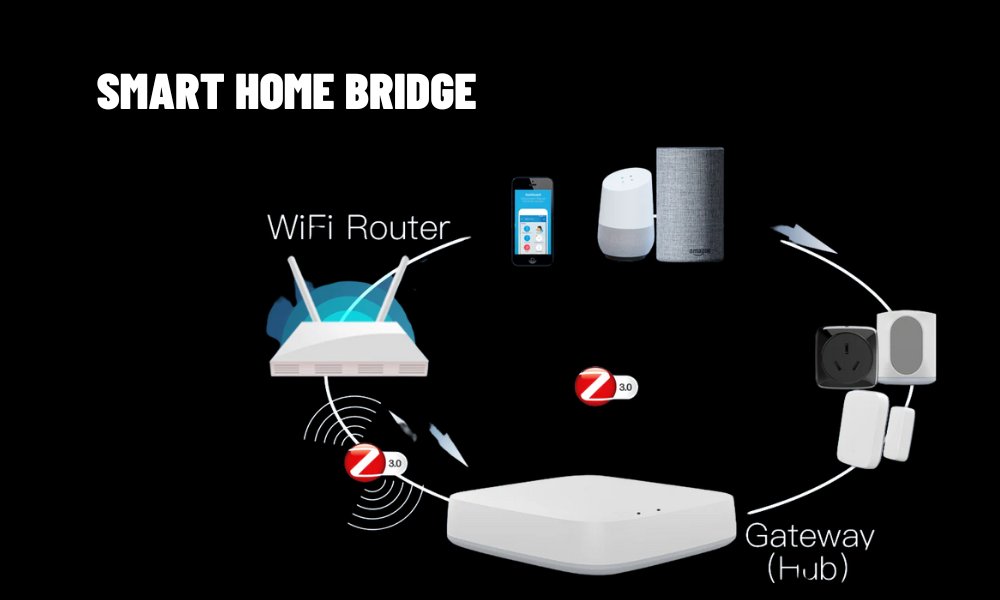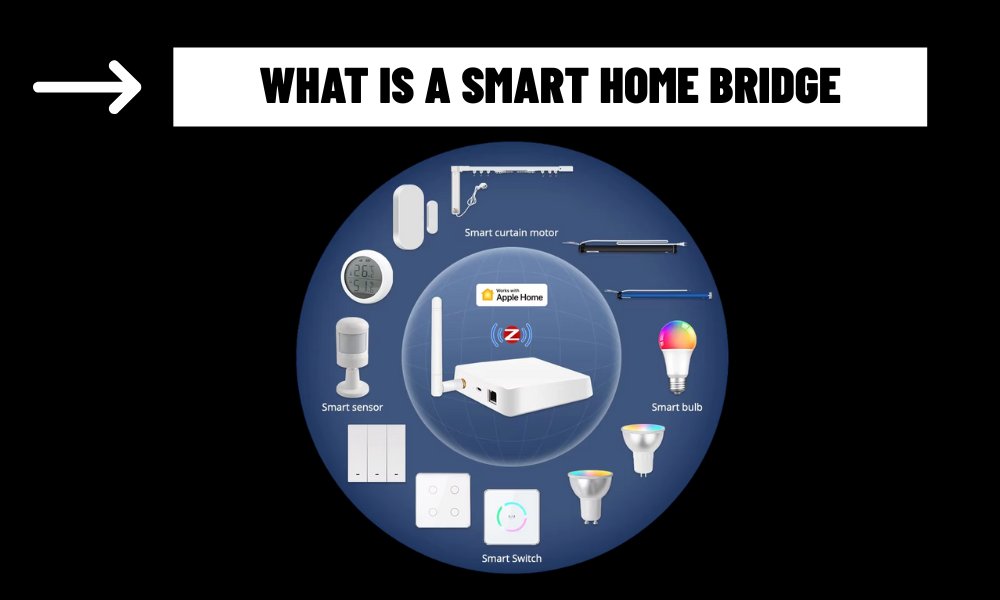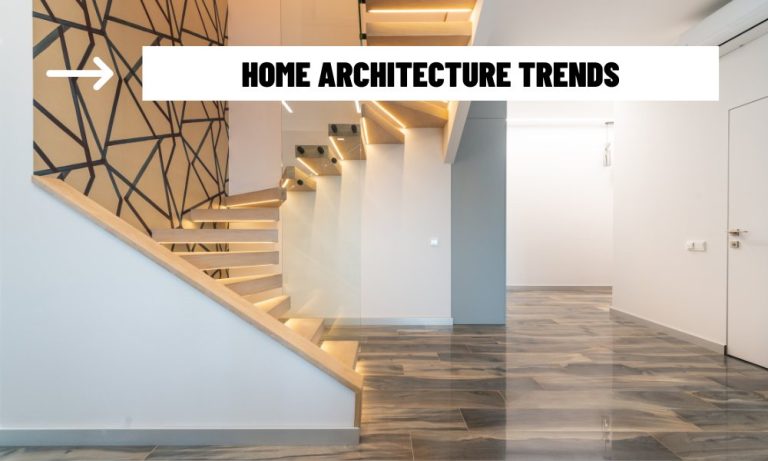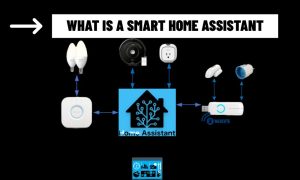The Importance of a Smart Home Bridge in Home Automation Systems
In the realm of smart homes, the ability for devices to work together is critical. Whether you’re controlling your lights, adjusting the thermostat, or securing your home, communication between devices is key to creating a seamless and efficient smart home ecosystem. This is where a smart home bridge comes into play.
What is a Smart Home Bridge?
A smart home bridge (or hub) is a device that connects various smart home products, allowing them to communicate with each other and be controlled through a unified platform. Smart home devices often use different wireless protocols, such as Zigbee, Z-Wave, or Wi-Fi, which can make it difficult for them to work together without a bridge. The bridge effectively acts as a translator, allowing devices that speak different languages to work in unison.
For instance, a Z-Wave-based security camera and a Wi-Fi-based smart speaker may not be able to communicate directly with each other, but by connecting both devices to a smart home bridge, you can control them from the same app or even create automated routines.

How Does a Smart Home Bridge Enhance Your Home Automation?
A smart home bridge adds significant value to a home automation setup by providing several benefits:
Devices that operate on different wireless protocols need a bridge to communicate effectively. This means you don’t need to buy devices that are all from the same manufacturer or support the same communication standard. The bridge allows you to mix and match devices from different ecosystems, such as Zigbee, Z-Wave, Wi-Fi, and Bluetooth.
Instead of managing each smart device individually, a smart home bridge gives you a single point of control. You can use a mobile app, voice assistant, or automation platform to control all of your devices, whether they are lights, thermostats, cameras, or locks. This centralized control simplifies your daily routines and enhances convenience.
A smart home bridge enables you to create complex automations. For example, you can set up routines that trigger when certain conditions are met, such as automatically dimming the lights and adjusting the thermostat when you arrive home. You can also schedule actions, like having your lights turn on at sunset and turn off at sunrise.
With a smart home bridge, you can integrate your security system with other smart devices, such as locks, cameras, and sensors. This creates a cohesive security system that works together to protect your home. You can monitor your home remotely, receive alerts, and take action right from your phone or other devices.
Top Smart Home Bridges for 2025
When selecting a smart home bridge, it’s essential to consider your specific needs, including device compatibility, ease of use, and overall system integration. Some of the top bridges include:
SmartThings Hub: Supports Zigbee, Z-Wave, and Wi-Fi devices and is one of the most versatile hubs on the market.
Amazon Echo Plus: Not only serves as a voice assistant but also includes a built-in Zigbee hub for smart devices.
Apple HomePod Mini: Acts as a hub for HomeKit-enabled devices, allowing full integration within the Apple ecosystem.
Philips Hue Bridge: Specifically designed for managing Philips Hue lights, but can also connect with other compatible devices.
Why Should You Use a Smart Home Bridge?
Compatibility: It ensures that all your smart devices work together, regardless of the manufacturer or communication protocol.
Convenience: A smart home bridge allows for a unified control system, simplifying your smart home setup.
Cost-Effectiveness: Instead of purchasing a separate controller for each device, a bridge allows you to control all your devices from one platform.
Conclusion
A smart home bridge is a key component of any successful home automation system. By ensuring that different devices can communicate with each other, it creates a cohesive, efficient, and easy-to-manage smart home experience. Whether you’re setting up your first smart home or enhancing an existing setup, a quality bridge will improve functionality and provide greater control over your smart devices.















